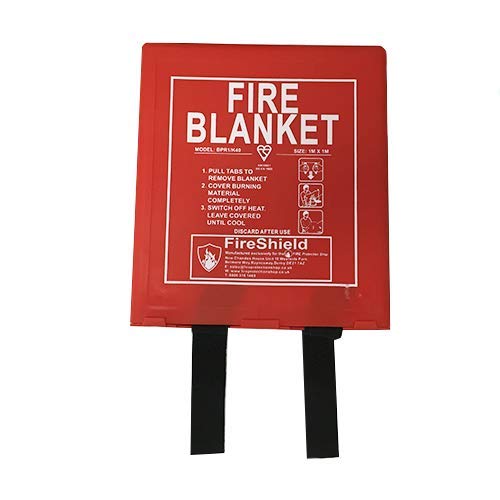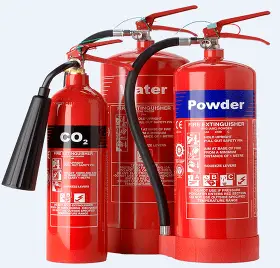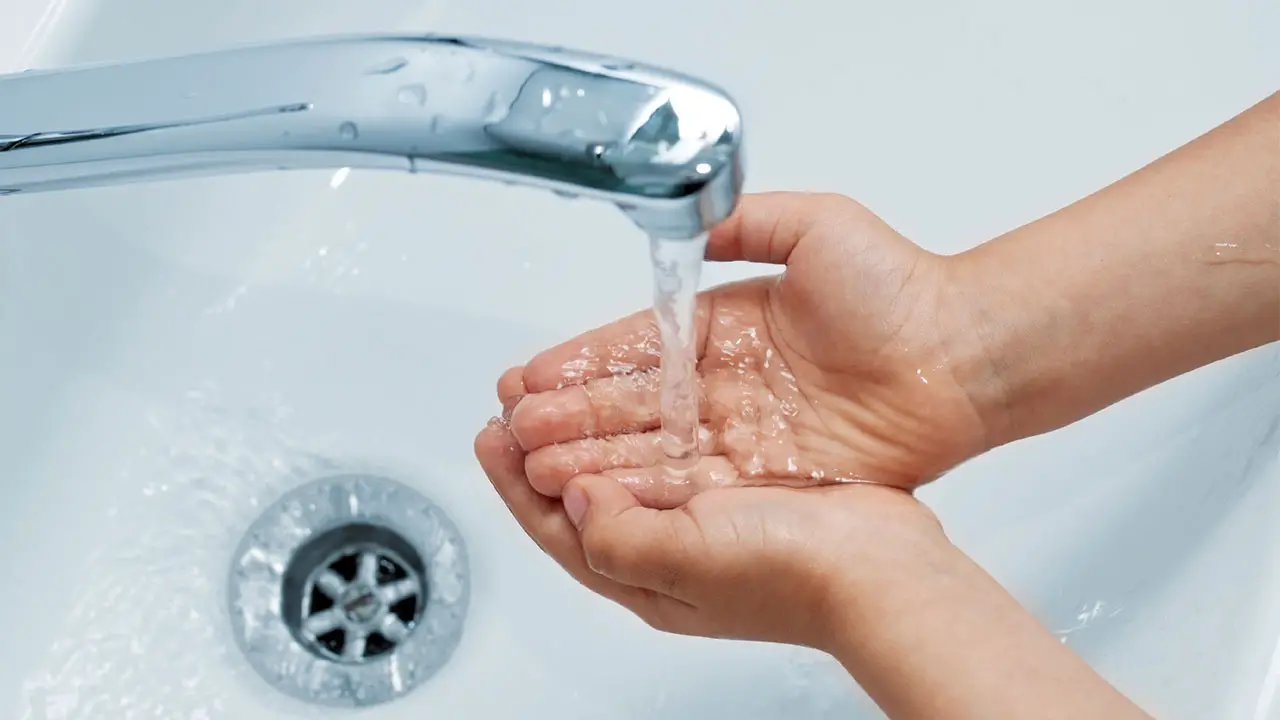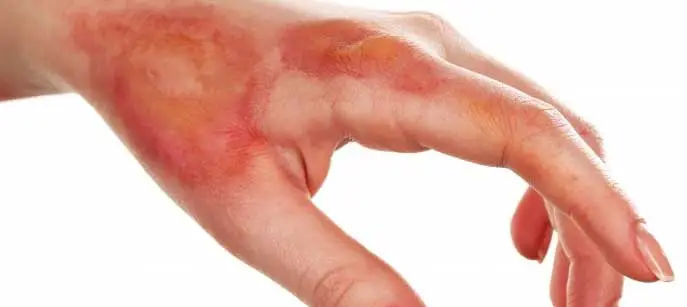Recent studies show that fire and burns are the third leading cause of accidental injury deaths in homes.
Your home should be your most secure place. However, it can turn to a place of many accidents and injuries if you do not take the necessary precautions to avoid the common kitchen hazards.
The most common type of injury is burn injury, which mostly occurs in the kitchen. Even the smallest burns are excruciating; hence taking caution when handling hot objects & kitchen appliances is important.
Young kids are prone to scalds from hot fluids due to their thin skin, while adults are prone to burns from fire and explosion. This does not exclude adults from the possibility of getting scalds, especially from hot steam.
Kitchen burns occur fast and horrifyingly easily. With some preparation and safety measures, you can reduce the risk of burns in the kitchen.
Definition of a burn or scald
Burns are bruises to the body tissues brought about by excessive heat, harmful chemicals, or stray electricity.
On the other hand, scalds are a result of skin exposure to hot water or steam.
Depending on the severity of the burns or scalds’ depth, it can vary from a small injury to a severe and deadly injury.
Causes of burns and scalds
Scalds come from scorching drinks like a hot cup of tea or coffee, boiling water from pots, kettles, or hot water taps, coming into contact with the skin.
Burns come from contact with fire, hot objects like hot cooking pots, stoves, and coals.
Chemical burns are another category that result from swallowing harmful chemicals such as drain cleaners.
It can also occur from the contact with chemicals such as oven cleaners and bleach with the skin.
Electrical burns are common and are caused by contact with electrical appliances in the kitchen, such as electrical outlets or extension cable.
Types and symptoms of burns or scald
Deep burn
It is a painful blister with either spots of red and white or dark red and pale yellow.
Superficial burn
It damages the outer layer of the skin by causing painful red blisters. This type of burn should heal faster if well attended to.
Full thickness burns
This gets beneath the fat layer in the skin and damages the nerves; hence may not be very painful. Further, the skin turns brown, black or white, after the skin chips off and may feel wrinkled and dry.
Implications from burns and scalds
Deep burns and scalds can cause a condition known as sepsis. Sepsis occurs when the wound becomes infected, therefore infecting the bloodstream.
Severe burns lead to loss of body fluids leading to dehydration and extremely low temperatures. Failure to replace the fluids can lead to hypovolemic shock caused by renal shutdown.
When a severe burn or scald heals, it may leave behind a scar. This can cause bones and joints complications.
How to prevent burns and scalds

Learning how you can prevent burns will require you to apply the following easy safety and common-sense guidelines each time you work or cook in your kitchen.
Reduce the risks of exposure to a burn injury by taking the following precautions while handling kitchen appliances to protect you and your loved ones.
- As stated earlier, children are more prone to kitchen burn injuries, so it is important to establish a kid-free zone. Be cautious when preparing or serving meals, particularly when kids are present.
- Teach the small kids not to come close to the cooking area. If you have to watch the children as you cook, place them on high chairs in the kid-free zone where you can still catch a glimpse of what they are up to.
- Do not carry the child while carrying hot water, tea, or any other hot substance. Some of it may accidentally spill on either skin causing unnecessary injury.
- For all the hot objects, place them away from the children’s reach. Use the back burners of the stove for cooking. Face the pot handles away from your counter edge. Keep away hot food and drinks away from the counter.
- Do not place hot food substances on a dainty tablecloth that small kids can pull off, causing spillage; instead, use a non-slip placemat.
- For older children, train them on safe cooking methods and safe methods of handling hot liquids and appliances or be present with them in the kitchen.
- Avoid wearing loose-fitting clothes when close to open flames.
- Remember always to have your potholders and oven mitts in good condition, to use them when handling hot pans and pots.
- Do not leave flammable materials such as potholders or oven mitts near a turned on cooker or stove.
- Avoid overfilling pots with water or any other fluid to prevent it from boiling over.
- Cover the pots with a lid or mesh while cooking to prevent hot splashes of food when boiling.
- When removing lids from pots, let your face and hands be away from the open pot to avoid scalds.
- Do not leave cooking foods untended for, in particular, grilled or fried foods. The heat may go higher than normal, leading to burns when holding the handles.
- Keep a fire extinguisher close by in the kitchen, in case of electrical fire or flare ups.

- All flammable substances should be away from the kitchen space. For instance, do not use air fresheners with the stove turned on.
- Take caution with outlets and electrical cords. Use safety caps to cover unused electrical outlets. Do not use metallic objects on outlets to prevent electric burns. Make sure you repair or substitute all the damaged electric cords.
- For all cooking appliances, plug them directly into an outlet. Leaving your extension cords unattended to may cause tripping and spilling of hot foods.
- Do not use microwaves to heat the child’s milk or formula. Most times, microwaves heat food unevenly, making some parts hotter than others, which can be dangerous when handled by a child. Instead, use warm water to warm the milk.
- Prevent contact of oil and water, especially when frying as it will cause splashing of the hot oil.
- When using hot water in the kitchen, make sure it is below 50 degrees.
- Usually, burn injuries in kitchens and other house areas normally occur when an individual act in a dangerous or reckless manner or when they are not paying attention. Even the mildest burn injury will cause severe discomfort and pain, so you always need to practice proper safety when you work and handle hot kitchen appliances and objects.
Safety tips to help keep your kids away from harm
In the kitchen
- Keep kids away from your oven’s front part; the door may get extremely hot.
- Train kids above 7 years of age to use kitchen appliances safely, such as microwaves and toasters.
- Make sure you keep the kettle far from the edge of the countertop.
- You can use an electric deep fat fryer that’s thermostatically controlled to cooks chips.
- As kids grow old, you can also teach them to use a toaster or pour safely from the kettle.
- Remember to turn the handles of your saucepan towards the cookers back and make use of the back rings if you can.
- Keep kids out of your kitchen if you can when cooking.
When you warm newborn’s bottles, never use the microwave. The milk might heat unevenly and leave extremely hot milk spots that can scald the mouth of your little one. It would be best if you use a jug of hot water or a bottle warmer.
After you warm the milk, shake the bottle properly and place some drops of milk on the inside of your wrist to test the temperature.
If your kid gets a scald or burn:

- Never put any plasters, grease, creams, antiseptic sprays, or ointments on the injury.
- If you can, get rid of things such as watches and rings from the hurt part since it might swell.
- Once you cool the burn with cool running water, get rid of clothing from the affected part.
- Do not burst any blisters or touch the injured part; this might cause infection.
- You should use a non-fluffy material to cover the scald or burn to prevent infection loosely. Cling film is perfect but do not wrap it around; you should lay it loosely on the top.
- If the material gets stuck to your skin, never try removing it; this is a doctor’s work.
- Contact the local hospital’s accident and emergency department to get advice from a physician.
- Use cool water to flood the injured area immediately for about 10 to 15 minutes.
- If you experience pain once more from the scald or burn, use cool water to flood again.
If the scald or burn involves the genitals, feet, face, joints, or hands, it is best to see a physician. You should also see a physician if you have any scald or burn bigger than a postage stamp.
In the case of a burn, if it’s a slight burn, immediately run cold water on it for 15-20 minutes. If it is a severe burn, call the ambulance or visit your nearest hospital.
As you await the ambulance, you can perform first aid on the victim by covering the burn. You can use a light, loose material that is not sticky. A plastic cling film is the best option. For an arm or leg burn, keep on raising it to minimize swelling.

